AquaB’s patented nano-bubble/droplet generation methods are based on electrostriction phenomena induced by application of electric fields, which “suck in” gas/minority-phase molecules into the mother solvent – in a very low-energy way, that is suited ideally for remote off-Grid, solar-with-battery-powered generation of the “nano-phase”, as we might usefully dub it. This uptake is often species-selective/preferential, so we can effect good levels of gas separation/enrichment, for instance; a concrete example is oxygen enrichment from (ambient-pressure) air to about two-thirds the composition (versus nitrogen) in NB form, whereas it is one-fifth in air.
Some essentially industry unique advantages are as follows:
- Very energy-efficient.
- Species-selective formation of the ‘nano-phase’ (whether droplets or bubbles) – e.g., two-thirds oxygen from one fifth in air.
- Ability to retro-fit and increase the capacity of any existing (footprint-constrained) plant.
- No moving parts (and contamination of process fluid with lubricants and metal nanoparticles from moving parts).
- Readily amenable to scale-up and continuous-mode flow operation.
- Portable, with ease of shipping nanobubble-generation equipment (e.g., skid-mounted, deployment on floating island – vide infra).
- Additive-free.
- Excellent cleaning and sterilisation properties (e.g., virus-killing) from ozone, CO2 and air/oxygen NBs
- Works well at low and ambient pressure, or indeed at high pressures
- Reactive oxygen species oxidises/strips ammonia and suppresses biofilm (inhibiting clogs, etc)
- Contact-free with the water or process liquid
- Low maintenance and off-Grid operation a possibility (with solar-panels and connected back-up battery)
- “Leaner and greener” burn and thermodynamic-cycle efficiency in nano-phase “stretched” fuels
- Ability to remove the nano-phase in a controlled way via acoustic-pulse methods
- No obvious regulatory difficulties.
The savings in running costs by using NB-based gasification are highly impressive, e.g., for ‘nano-oxygenation’, as a case in point (fermentation, malting, pulp/paper bleaching, mineral-extraction flocculation, plant/tree/grass growth, algae suppression, recirculation in aqua-culture, etc). In terms of economics for ‘nano-aeration’ in wastewater treatment, say, the use of NBs as an aeration method has its attractions compared to established, and less efficient aeration methods (which account for almost two-thirds of the energy inventory of WWT). Below, we show a graph based on net-present value projections for NBs, which scale linearly as a function of cleanliness (as wall as being a fraction of existing aeration costs). Referring to our Case-Study pages (under activated-sludge/ammonia), one also appreciates faster, abiotic action – so this can also reduce tank residence times.
